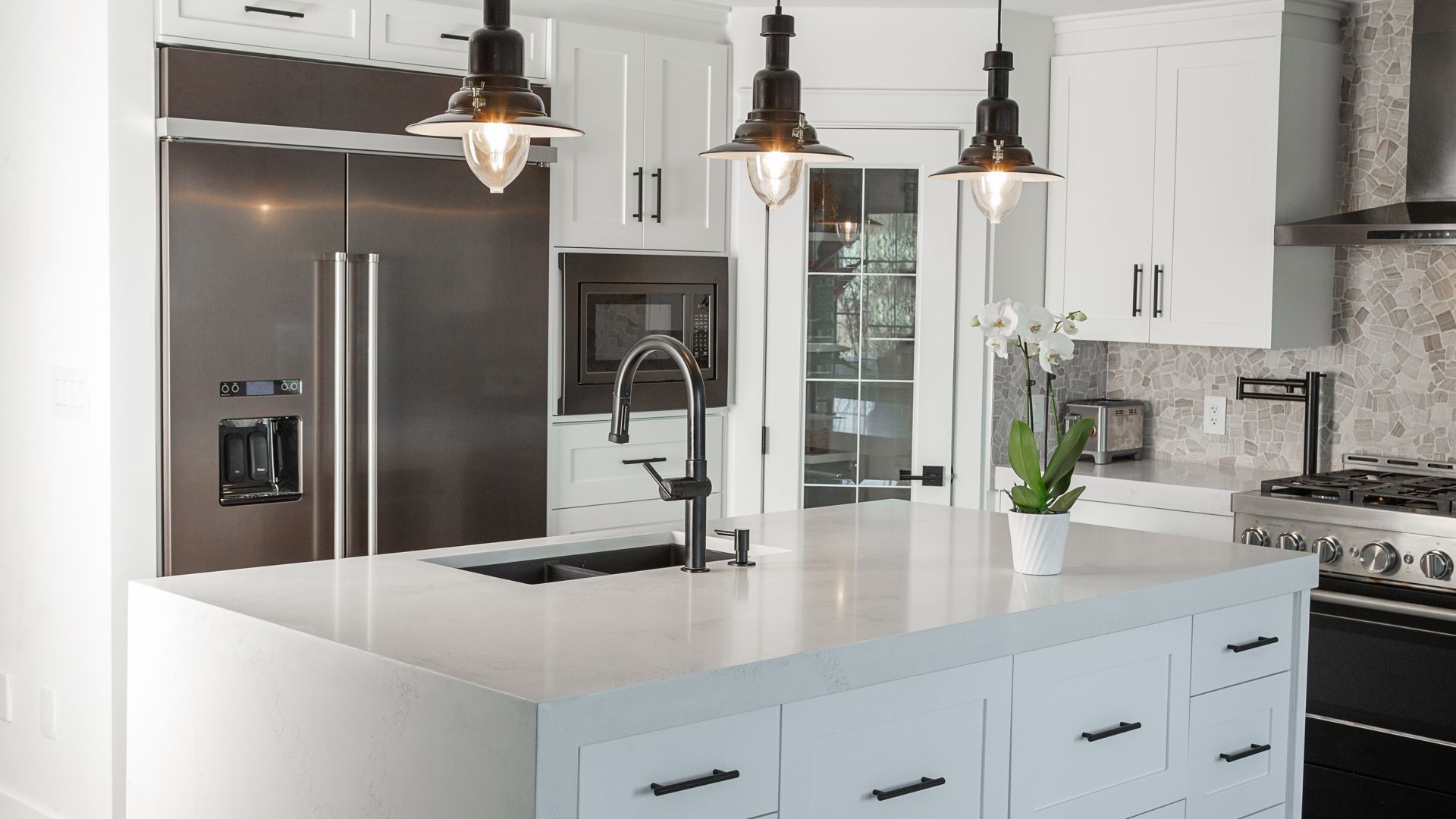When it comes to repiping your home, you will have no shortage of choices. Should you do half of your home or the whole thing? Where should you run your new water lines? What should you do with the old ones? While an experienced whole-home repipe specialist can help you make some of these decisions, one you will need to consider closely is the type of plumbing lines you use. Different materials have different pros and cons, and a number of different factors can influence which option is the right one for you.
However, you have probably found information on or at the very least heard of a new material option that has rapidly exploded in popularity in recent years: PEX plumbing. PEX stands for “cross-linked polyethylene,” and is one of the most popular choices for plumbing lines today thanks to its flexibility, adaptability, low cost, ready availability, and ease of use. Is this type of plumbing right for your home? This blog will help you make that decision for yourself by presenting some information that you should know as a homeowner.
The History of PEX
If you have done your research, you may know that polyethylene plumbing hasn’t exactly had a rosy history in the United States. A different type of polyethylene plumbing known as “Quest” plumbing was extremely popular during the 1980s and 90s. However, as years went by, problems with these lines began to emerge thanks to an unexpected reaction between the material and the elevated chlorine levels found in our water in certain areas throughout the country. The reaction caused these pipes to decay, weaken, and eventually fail entirely.
For this reason, PEX was actually slower to catch on in the US than it was over in Europe. Initially, once it made the jump, PEX was almost exclusively used in hydronic floor heating systems found commonly in cold-weather climates. These pipes are embedded into a concrete slab, and hot water is run through them to create radiative heat that keeps a space warm.
Unlike standard polyethylene, antioxidants are added to the plastic during the PEX manufacturing process. This makes PEX plumbing far more durable and reliable in a wide variety of water conditions. And thanks to its innate flexibility, it has now become an extremely popular choice for homeowners and builders. In fact, PEX is the material of choice in more than half of all new homes constructed across the country today.
Benefits of PEX
PEX offers a number of great benefits that other types of plumbing lines can’t match. Arguably the largest one is ease of use and installation. PEX plumbing is soft and malleable, and that means it doesn’t necessarily need to be cut down to precise dimensions in order to fit into a particular space. This makes installation easy and makes these lines less prone to damage or disruption from things like shifting or vibration.
PEX is also popular for its low cost, particularly when compared to metal options like copper. Copper was the metal of choice for years, but copper supplies are dwindling as mines dry up, in turn driving up the cost of every foot of copper water lines. And while copper is generally corrosion-resistant, it is a metallic substance and can sustain further damage from water of a certain quality. PEX is considerably more resistant to corrosion and damage from water, and it costs quite a lot less to purchase. And because it is a synthetic material, it isn’t nearly as susceptible to shortages that drive up costs.
Another reason many people choose to switch to PEX plumbing is that it can be used seamlessly with other plumbing materials. For example, if your home uses copper lines to feed water into your fixtures and appliances, you can still use PEX to carry the water there. All your plumber will need to do during the repipe process is install a fitting that connects the copper fixture lines to the PEX line being installed. The process is considerably quicker than other types of materials and is no more prone to leaks or other problems than any other type of material that has been around for far longer.
Finally, PEX’s literal flexibility actually makes it far easier to install than other types of water lines. Because these lines can easily twist and bend to fit into particular spaces, running them through walls, is far easier than it would be for other materials. This makes it extremely easy to add on to a PEX plumbing system should you wish to install new features in your home, and it can shorten your whole-home repipe project considerably.
Interested in learning more about repiping your home with PEX? Talk to our experts at Smith’s Plumbing Services! Dial (901) 290-1110 to schedule a consultation with a member of our team.